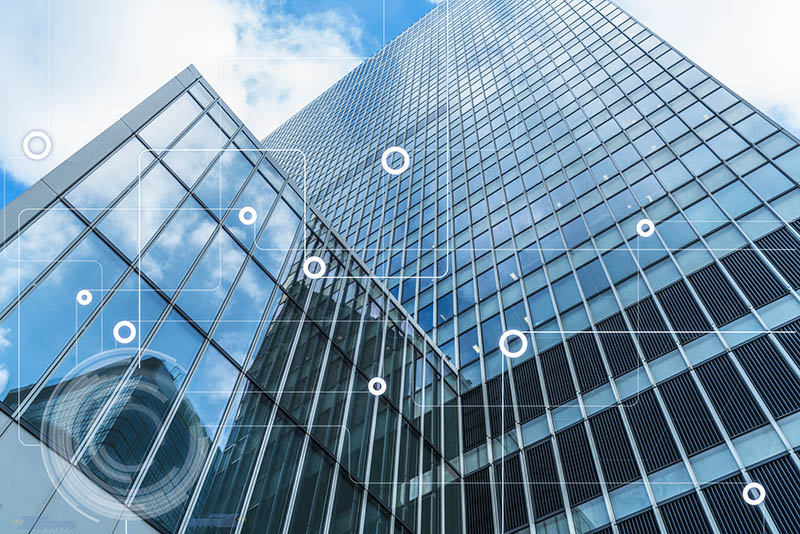
Engineering – discovering new dimensions
From system engineering to building digitisation and green building design.

The construction and real estate industry makes an enormous contribution to industrial value creation. The pressure to innovate is enormous – for economic and ecological reasons. When it comes to digitisation, however, the limits of the industry are also evident: many properties are not fulfilling their potential.

The potential that digitisation offers a property is only revealed in the context of a holistic view throughout the life cycle. It lies in the value creation processes regarding construction and operation of the real estate, as well as in the technical and functional equipping of the property. But is the construction and real estate industry really capable of a systemic approach to digitisation? We have highlighted a few points to shed light on that question.

Real estate construction is now increasingly carried out in line with the BIM (building information modelling) approach. Determined by standards, driven by the state and increasingly demanded by building owners, ‘model-based’ planning and construction has now established itself as an industry trend. But it has by no means cut through far enough. The majority of the value creation in construction (€156 billion in 2020 according to the German Construction Industry Association) is still carried out in the traditional way. Why is that? Three reasons stand out:
The digitisation of real estate is usually attributed in the industry to building automation – a trade that is often given a minor role in the planning phase and construction process. The relevance of the best possible building digitisation for convenience, functionality of technical systems, operational and supply security and in sustainability terms is underestimated, and the potential is not exploited.

The course for later building digitisation is set in the planning phase and is the task of the technical building services (TBS) planner. This requires:
These two prerequisites are rarely met: very few of the approx. 8,500 planning offices in Germany can develop ‘smart’ solutions!
And doesn’t ‘digitisation of the property’ need to be taken further? Without doubt, well-designed building automation, including a management level suitable for operational control, is the core element and a must. However, a smart property should have more far-reaching capabilities:
But any opportunity for digitisation must, of course, be economically proportional to the required outlay. That requires valuation methods and feasibility studies throughout the property life cycle that are currently unusual in the real estate industry. The assessment of expenses and effects (in economic, ecological and qualitative terms) can be determined, for example, with a TCO (total cost of ownership) approach. This is another requirement for the construction and real estate industry if modern and sustainable real estate is to be constructed for the building owner.

From system engineering to building digitisation and green building design.

Saving energy means saving costs. We bring the energy transition into the real estate sector and thus right into your property.

Intelligent, effective and sustainable solutions are crucial for the future of modern metropolises.